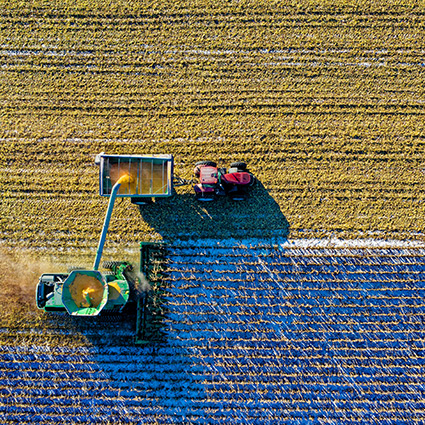 In our last blog entry, we looked at some general differences between organic and conventional farming practices. In this new series, we will be taking a closer look, contrasting the environmental effects of each method upon farmed and unfarmed land.
In our last blog entry, we looked at some general differences between organic and conventional farming practices. In this new series, we will be taking a closer look, contrasting the environmental effects of each method upon farmed and unfarmed land.
A major difference between the two farming approaches is the use of synthetic chemicals (pesticides, herbicides, and fertilizers), present in conventional farming and absent in organic farming. We will first look at the risks posed by these synthetic agrichemicals and then consider organic alternatives which can be used, at the minimum, to augment their effectiveness, and, ideally, to replace the use of synthetics altogether.
Let’s start with pesticides. As the name implies, pesticides are intended to kill pests. According to the CDC, each year over 75 million pounds of pesticides are used within the United States. Pesticides (like herbicides, which will be covered later) have the potential to cause illness or death to non-target species, including beneficial organisms living on the farmland being treated (e.g. bees and earthworms) and those living elsewhere (e.g. fish and bats), via contamination of waterways by pesticide runoff. As you are most likely aware, environmental destruction is a major issue facing the world today and senseless loss of wildlife, of any type, tampers with the already fragile balance of local and global ecosystems. Pesticides have also been associated with numerous detrimental effects on human health, which are outside the scope of this current series.
In our next post, we will look at the impact of herbicides, with a focus on glyphosate and atrazine.
